Leather is an interesting material. It’s tough but also soft and pliable. It can be molded into just about any shape, and it’s resistant to tears and scuffs. Leather is also waterproof, which means that it doesn’t absorb liquid and stays wet. However, one thing can happen when leather gets wet: it can become moldy. In this article, we’ll look at what happens when leather gets wet and how to prevent leather from becoming moldy. Keep reading to learn more.
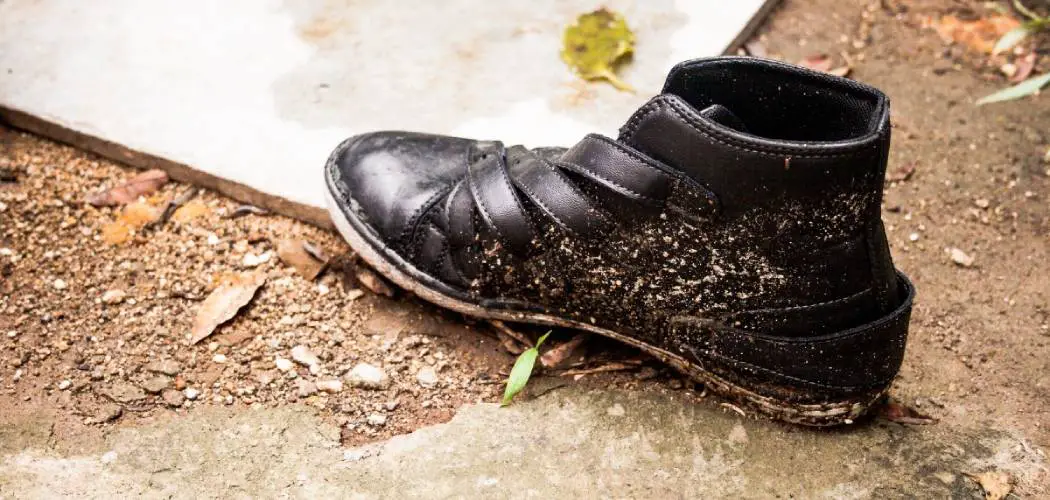
Many people mistakenly believe that leather is waterproof. In reality, leather is water-resistant, so it doesn’t absorb liquid. This quality makes leather a popular material for boots, shoes, and other clothing items. It also means that leather can get wet without becoming ruined. However, if the leather gets wet and isn’t dried correctly, it can become moldy.
Does Water Ruin Leather: What Happens?
Leather is a popular material for boots, furniture, and clothing because it looks good and is relatively durable. But what happens when leather gets wet? Does the water ruin the leather, or is something else that happens?
The truth is that leather is not very susceptible to water damage. The water will bead up and roll off the surface in most cases. However, if the leather gets wet often or stays wet for a long time, it can deteriorate. The best way to protect your leather items from water damage is to keep them dry. If they get wet, make sure to dry them off as soon as possible.
Leather can be tricky to care for, and whether water will ruin it or not depends on the type of leather and how it is treated. Untreated leather is especially susceptible to water damage, as the water can cause the leather to swell and change shape. This can make the leather stiff and challenging to repair. However, treated leather is much more resistant to water damage, as the treatment helps to create a barrier against moisture. As long as you keep treated leather dry, it should last for many years.
So, if you’re worried about water ruining your leather items, don’t be. In most cases, the water won’t significantly impact the condition of the leather. Just dry them off as soon as possible if they get wet.
What Happens When Leather Gets Wet Detailed Guide
It can shrink, swell, harden, and change color when leather gets wet. The degree to which these effects occur depends on the type of leather, the tanning process used, and the amount of water exposure. For example, vegetable-tanned leather is more likely to shrink than chrome-tanned leather. Wet leather can also become stiff and difficult to work with.
If you do get the leather wet, it’s essential to dry it slowly and evenly to prevent irreversible damage. Drying too quickly can cause the leather to crack or split, while drying too slowly can encourage mold or mildew growth. With proper care, wet leather can be successfully dried without lasting damage. However, it’s always best to avoid getting the leather wet in the first place.
What to Do When Leather Gets Wet?
Step 1: Dry Off Wet Leather
Wet leather can be a complex material to work with. It can take days or even weeks for it to fully dry, and during that time, it is susceptible to mold and mildew. In addition, the leather can become stiff and brittle, making it difficult to use. However, there are a few things that you can do to speed up the drying process.
One way is to stuff the wet leather with newspapers. This will help to absorb any moisture and prevent the leather from shrinking.
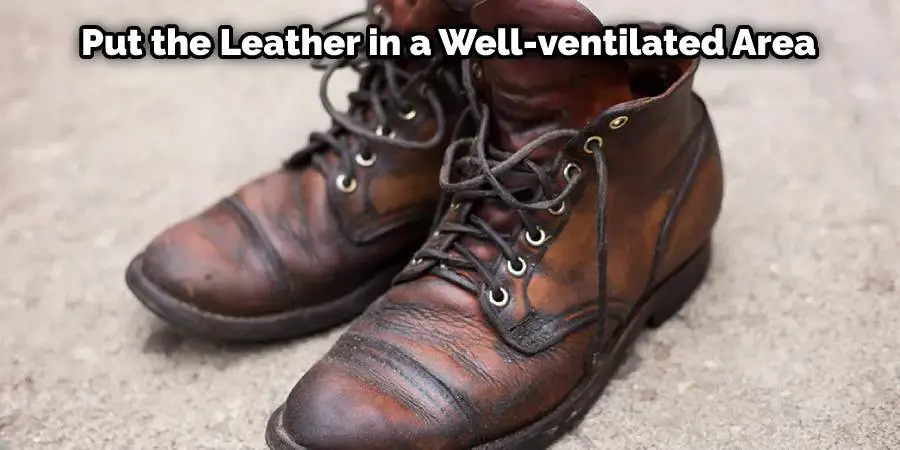
Another way is to lay the leather out in a well-ventilated area. This will allow the air to circulate through the leather and help it to dry more evenly. Finally, you can use a hairdryer on low heat to help speed up the drying process.
Step 2: Clean the Leather
Once the leather is dry, you will need to clean it. Leather can be cleaned with various products, but it is essential to use one that is specifically designed for leather.
Start by vacuuming the leather to remove any dirt and debris. Then, using a soft cloth, apply a small amount of the cleaning product to the surface of the leather. Next, rub the product into the leather circular until evenly distributed.
Step 3: Condition the Leather
After the leather is clean, you will need to condition it. This step is crucial because it helps to keep the leather from drying out and cracking. This will help restore the natural oils that have been lost and help prevent the leather from drying out in the future. There are many different conditioning products available, but you’ll want to choose one specifically designed for use on wet leather.
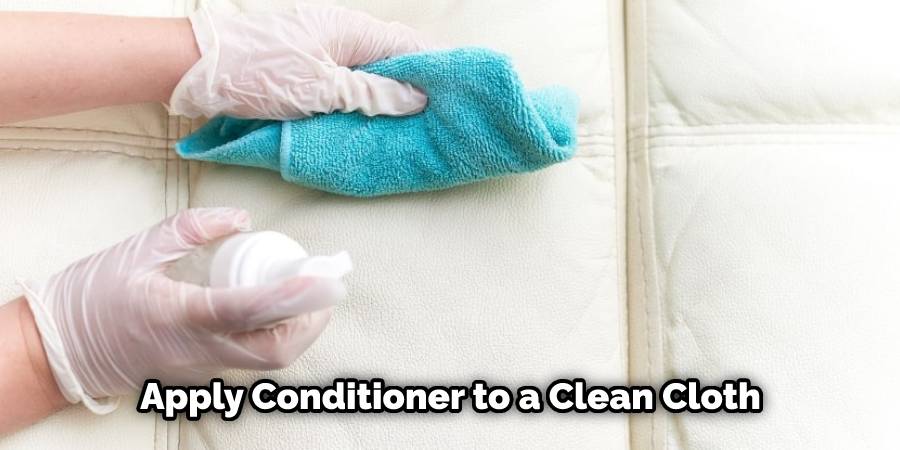
To condition, the leather, apply a small amount of conditioner to a clean cloth and Rub it into the leather in a circular motion. You’ll want to pay special attention to any areas that seem particularly dry or cracked. Once you’ve applied the conditioner, allow it to soak in for a few minutes before wiping away any excess with a clean cloth.
Step 4: Buff It Out
After the leather has been conditioned, you’ll want to buff it out. This step helps to restore the shine and luster to the leather. You can use a soft cloth or a brush specifically designed for leather. Start by buffing the surface of the leather in a circular motion. Then, using long, sweeping motions, work your way down the length of the leather. Once you’ve buffed out the entire surface, you can use a clean cloth to wipe away any excess dust or debris.
Step 5: Protect It
The final step is to protect the leather from future damage. This can be done by applying a small amount of waterproofing spray or cream to the surface of the leather. This will help repel water and other liquids, making it easier to keep the leather clean and dry.
When applied correctly, a waterproofing spray or cream will not alter the appearance or feel of the leather. However, it is always good to test the product in an inconspicuous area before applying it to the entire surface.
By following these steps, you can avoid the consequences of what happens when leather gets wet; you can help ensure that your wet leather looks and feels new.
If Mold or Mildew Forms
If you see mold or mildew on your leather, it’s essential to act quickly. Mold and mildew can cause permanent damage to leather, so it’s best to treat it as soon as possible.
There are a few different ways to remove mold or mildew from leather. One way is to mix equal parts of water and white vinegar. Then, using a clean cloth, sponge the mixture onto the affected areas. Let the mixture sit for about 30 minutes, then wipe it off with a damp cloth.
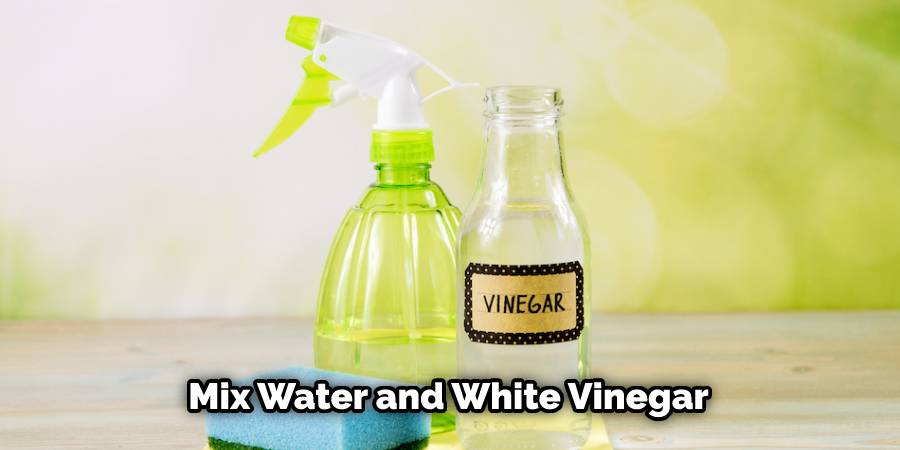
Another way to remove mold or mildew is to use rubbing alcohol. Apply the rubbing alcohol to a clean cloth and wipe down the affected areas. You may need to do this a few times to remove the mold or mildew.
If you’re not sure how to remove mold or mildew from your leather, you can always take it to a professional. A Leather specialist will be able to clean your leather and get rid of any mold or mildew without damaging the material.
If The Leather Becomes Stiff
If your leather item becomes stiff after getting wet, it is essential to take action immediately. If the leather dries in this state, returning it to its original condition will be difficult.
There are a few things you can do to try and salvage your leather goods:
- Use a leather conditioner: This will help to rehydrate the leather and make it more pliable.
- Apply heat: Use a hairdryer on a low setting or place the item in direct sunlight for a short period. This will help to loosen the fibers and make the leather more flexible.
- Stretch the leather: Gently pull and stretch the leather in all directions. This will help to restore its original shape.
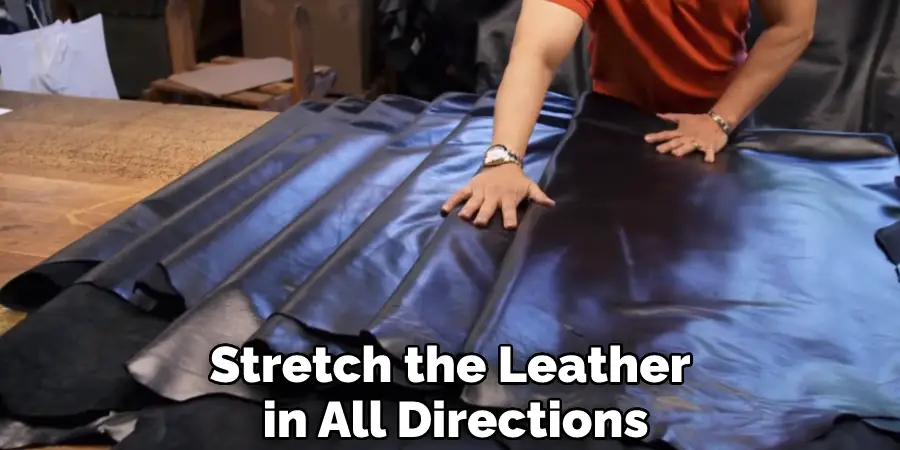
If you have tried all of these things and the leather is still stiff, it is best to consult a professional. They will be able to assess the damage and determine if the item can be saved.
Preventing Leather From Getting Wet
To prevent your leather from getting wet, you can either keep it away from water or seal it with a waterproofing agent. If you must get the leather wet, be sure to dry it as soon as possible and condition it to restore its natural oils. Leather that is allowed to stay wet will eventually crack and break down.
Waterproofing Agents for Leather
There are many products on the market that claim waterproof leather. Some of these products work well, while others do not. Doing your research before selecting a product is essential, as some agents can damage leather. However, when applied correctly, a waterproofing agent will create a barrier between the water and the leather, keeping it safe from harm.
Conditioning Leather
Leather needs to be conditioned regularly to stay soft and supple. When leather gets wet, it can lose some of its natural oils. Conditioning helps to replenish these oils, keeping the leather healthy. Be sure to use a conditioner specific for leather, as other products can damage the material.
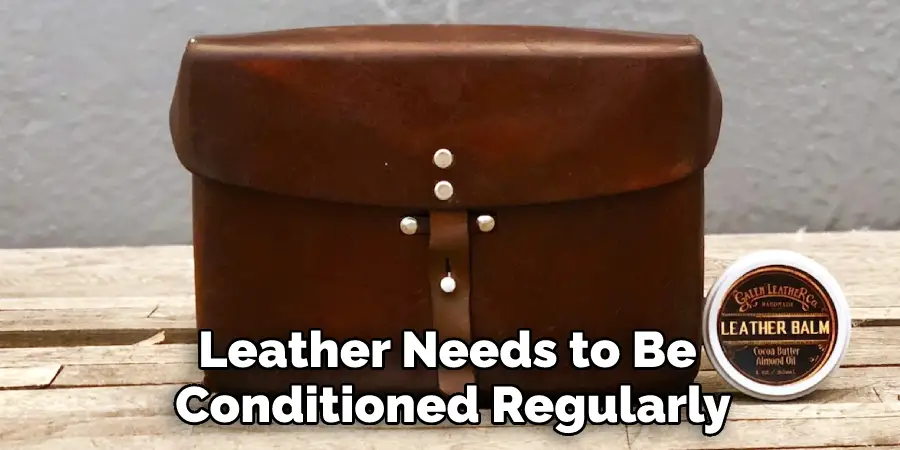
Drying Wet Leather
If your leather does get wet, it is essential to dry it as soon as possible. First, use a clean, absorbent cloth to blot away excess water. Do not rub the leather, as this can damage the surface. Once you have removed the excess water, allow the leather to air dry in a cool, dark area. Avoid direct heat, as this can cause the leather to crack. Instead, place a fan in the room to speed up the drying process. Once the leather is dehydrated, apply a conditioner to help restore its natural oils.
The best way to prevent damage to leather is to keep it away from water. If you must get the leather wet, dry it immediately and condition it regularly. You can help ensure that your leather lasts for many years by taking these precautions.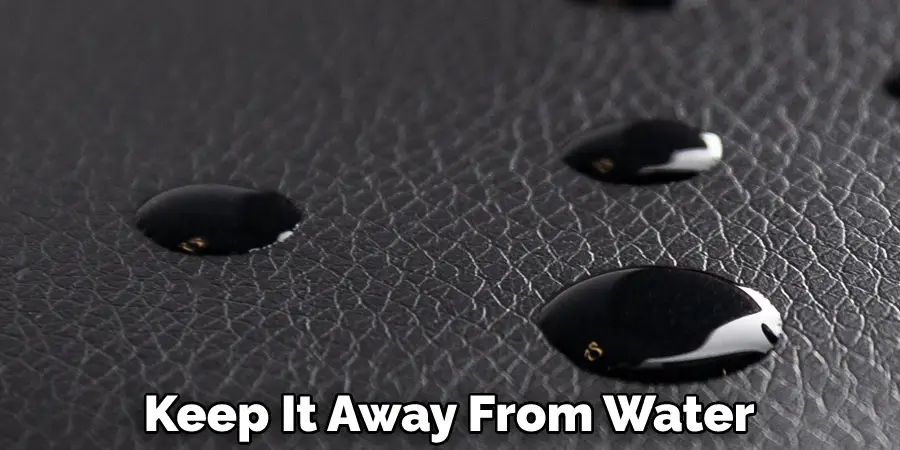
How to Prevent Water Damage on Your Leather Goods?
Leather goods can be sensitive to water damage, which can cause them to lose their shape and color. Here are some tips to prevent water damage on your leather items:
- Avoid Using in Rainy Weather: If possible, try to avoid using your leather goods during rainy weather. This can help prevent water damage as prolonged exposure to rain can soak your leather, causing it to lose its color and texture.
- Use Waterproofing Products: Various waterproofing products are available in the market that can help protect your leather goods from water damage. These products create a barrier that prevents water from penetrating your leather, keeping it safe from harm.
- Be Careful Around Water: When carrying leather goods near water, be cautious to prevent accidental splashes or spills. Be especially careful when carrying drinks or other liquids near leather items.
- Wipe Off Any Moisture Immediately: In case your leather items get wet, immediately wipe them off using a dry towel or cloth. Make sure to remove any moisture on the surface of the leather, as leaving it to dry naturally can cause water spots.
- Use a Leather Conditioner: Finally, to maintain the quality of your leather goods, use a leather conditioner regularly. This will keep your leather moisturized and supple, reducing the risk of water damage.
Frequently Asked Questions
Does Leather Get Ruined in Water?
Leather doesn’t usually absorb water well, so it’s usually not a problem if your leather gets wet. However, if your leather does get wet and it starts to smell bad, it may be a sign that the leather has absorbed too much water and is beginning to rot. In that case, you’ll need to take some steps to dry the leather out and restore its original condition.
Can Rain Damage Leather?
Yes, rain can damage leather. Rainwater is acidic and can cause the surface of the leather to deteriorate. This happens because salt (from the water) crystallizes on the surface of the leather, causing it to crack, peel, or flake off.
Can Leather Bracelets Get Wet?
Leather bracelets can technically get wet, but this is typically only a problem in extreme circumstances. The truth is that most leather bracelets are water resistant and will not deteriorate or lose their shape as a result of occasional exposure to water. In fact, many people actually enjoy wearing them swimming or bathing!
Can Jeep Wrangler Leather Seats Get Wet?
Jeep Wrangler leather seats are unlikely to get wet, but it is always advisable to check the condition of your seat before any long drive. If you do notice any water or mud on the seats, don’t try to clean them – just use a towel and some soap to wipe them down.
Conclusion
Leather is a beautiful and unique material, but it can be tricky to work with. When leather gets wet, it can become warped or even ruined. So if you’re working with leather, make sure you know how to protect it from the elements and keep it looking its best. We hope you have learned what happens when leather gets wet. Thank you.
You may also read – How to fix over conditioned leather.

